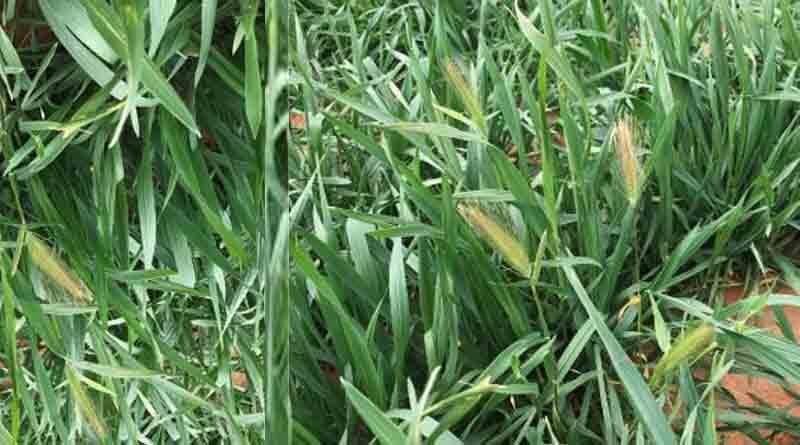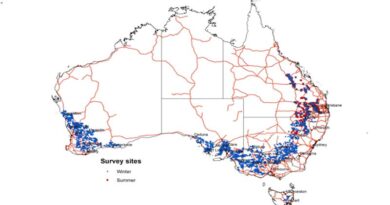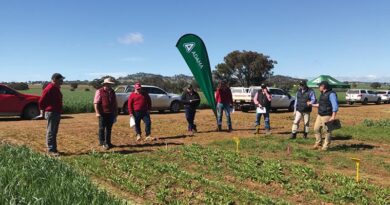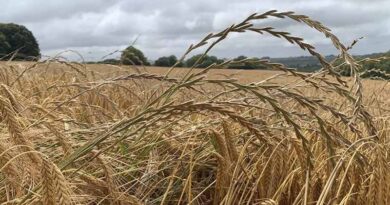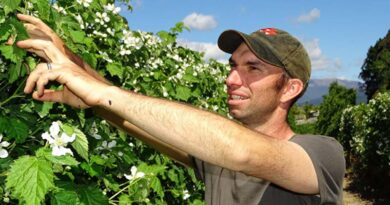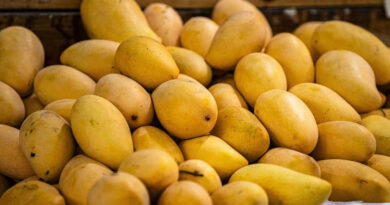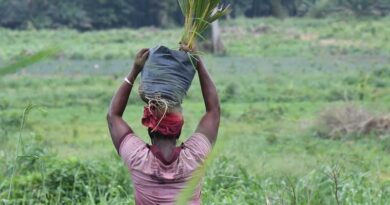Monitor barley grass for late control and testing
07 September 2021, AU: A Grains Research and Development Corporation (GRDC) investment has revealed that the level of herbicide resistance in barley grass populations often adds to it being a particularly challenging weed for growers to control.
University of Adelaide Associate Professor – Weed and Crop Ecology Dr Gurjeet Gill said while the overall level of herbicide resistance in barley grass was lower than in ryegrass, there were indeed localised populations with significant herbicide resistance.
Dr Gill said Group 1 (A) herbicides have been heavily used in pasture such as medics, leading to resistance problems.
Surveys in 2018 and 2019 indicated resistance to Group 1 (A) and Group 2 (B) herbicides including imazamox and imazapyr, but some samples from 2020 had also shown resistance to glyphosate and paraquat.
Also Read: Amazon announces launch of Kisan Store in India
If unexpected control failures have been experienced, then growers are urged to have their populations tested for their herbicide resistance status.
Dr Gill said another factor giving barley grass the edge in low rainfall zones was its tolerance to dry finishes, which enabled it to out-compete other weeds and crops. Early sowing could also work in favour of barley grass and its tendency for long dormancy allowing it to escape knockdown sprays.
“This means pre-seeding knockdown weed control is likely to be less effective on barley grass populations with higher seed dormancy,” he said.
The GRDC project aims to identify locally suitable, optimum control methods for barley grass in low rainfall zones involving 12 farming systems groups across Western Australia, South Australia, Victoria, and New South Wales.
As part of this investment, trials being run by Ag Innovation & Research Eyre Peninsula (AIR EP) at Minnipa Agricultural Centre found hay freezing an effective late season weed control tactic.
Hay freezing is a more reliable tactic for controlling weed seed-set than conventional hay making. Non-selective herbicides are used to kill both crop and weeds at flowering time, to create standing hay and the applications are earlier than if the crop was to be mown for conventional hay making.
“Using a hay cut and hay freeze may be an option for paddocks with high group A resistant barley grass populations,” Dr Gill said.
“The complicating factor with barley grass is that it sheds seeds too early for harvest weed seed control and it is hard to spray top because it is early maturing.
“Barley grass can shed up to 90 per cent of its of seed by the time a crop is ready to be harvested.”
A range of control methods, coupled with close monitoring and herbicide resistance testing is key to responding to the challenges of barley grass.
For more about barley grass check out this new GRDC publication the Ecology of Major Emerging Weeds, the Integrated Weed Management Manual or tune into this GRDC podcast – Making barley grass barely a problem.
Information on herbicide resistance can be found via WeedSmart which has investment from the GRDC and commercial companies and delivers science-backed weed control solutions. GRDC is a Platinum Partner in WeedSmart.

